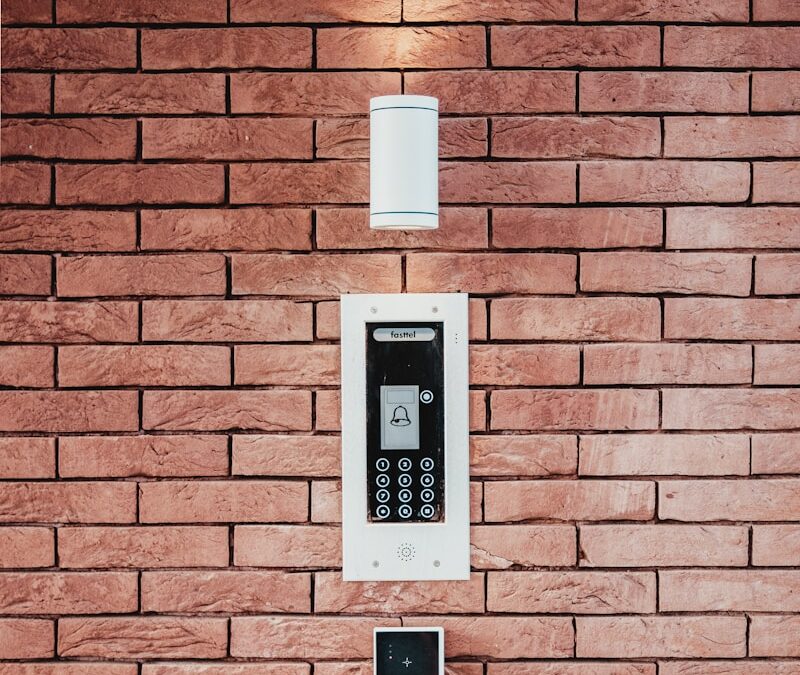Enhancing Safety Through IoT-Enabled Adaptation
The implementation of IoT in adaptive safety systems is transforming how businesses and public sectors approach safety in environments that require rapid response to changing conditions. As the business landscape in regions such as Saudi Arabia and the UAE continues to evolve, the need for safety systems that can adapt in real-time has become paramount. IoT technology plays a critical role in this evolution by enabling safety systems to monitor conditions continuously and adjust their operations based on real-time data. For example, in industrial settings, IoT sensors can detect hazardous conditions such as gas leaks, equipment malfunctions, or structural weaknesses, triggering automatic responses like shutting down machinery or alerting emergency personnel. This proactive approach not only enhances safety but also minimizes potential damage and loss of life.
Moreover, IoT-enabled safety systems are particularly valuable in high-risk industries such as oil and gas, construction, and manufacturing, where the ability to respond to changing conditions can mean the difference between a controlled situation and a disaster. In these environments, traditional safety protocols that rely on periodic inspections or manual monitoring are no longer sufficient. IoT technology allows for continuous surveillance and instant reaction, ensuring that safety measures are always in alignment with the current conditions. This dynamic capability significantly reduces the risk of accidents and improves overall operational safety.
Improving Responsiveness and Reducing Downtime
The application of IoT in adaptive safety systems also brings significant benefits in terms of improving responsiveness and reducing operational downtime. In environments where safety is a critical concern, such as in Riyadh’s booming construction industry or Dubai’s advanced manufacturing sectors, the ability to respond quickly to potential threats is essential. IoT sensors can provide real-time data on environmental conditions, equipment status, and human presence, enabling safety systems to make immediate adjustments. For instance, if an IoT sensor detects an increase in temperature or pressure within a piece of machinery, the system can automatically initiate cooling processes or shut down the equipment to prevent overheating or explosion.
This real-time adaptability not only prevents accidents but also reduces the need for lengthy shutdowns that can disrupt operations. By addressing potential safety issues before they escalate, businesses can maintain a safer work environment while minimizing costly downtime. In addition, the data collected by IoT sensors can be analyzed to identify patterns and predict future risks, allowing companies to implement preventive measures and further enhance safety.
Strategic Advantages of IoT-Driven Safety Systems
Boosting Efficiency and Compliance with IoT Integration
One of the strategic advantages of integrating IoT in adaptive safety systems is the ability to boost operational efficiency while ensuring compliance with safety regulations. In regions like Saudi Arabia and the UAE, where regulatory frameworks are becoming increasingly stringent, businesses must find ways to meet these requirements without compromising on productivity. IoT technology provides a solution by enabling continuous monitoring and automatic reporting of safety conditions, ensuring that all safety protocols are adhered to in real-time. This not only helps businesses stay compliant with local regulations but also enhances their reputation as responsible and safety-conscious organizations.
Furthermore, the efficiency gains from IoT integration are significant. Automated safety systems reduce the need for manual oversight, freeing up human resources to focus on more strategic tasks. The real-time data provided by IoT devices can also be used to optimize safety processes, reducing the likelihood of human error and improving overall safety outcomes. As a result, businesses that adopt IoT-driven safety systems can achieve higher levels of efficiency and compliance, positioning themselves as leaders in their respective industries.
Driving Innovation and Enhancing Safety Culture
The integration of IoT in adaptive safety systems also drives innovation and fosters a stronger safety culture within organizations. As businesses in Dubai and Riyadh embrace digital transformation, IoT technology is becoming a key enabler of innovative safety solutions. By connecting safety systems with other IoT-enabled devices and platforms, companies can develop integrated safety ecosystems that provide a holistic view of operational risks. For example, integrating IoT safety systems with AI-powered analytics can enable predictive safety measures, where potential hazards are identified and mitigated before they occur. This proactive approach not only improves safety outcomes but also encourages a culture of continuous improvement and innovation.
In addition, IoT-driven safety systems can enhance employee engagement in safety practices by providing real-time feedback and alerts. Employees can be notified of potential risks through wearable IoT devices, enabling them to take immediate action to protect themselves and their colleagues. This level of engagement fosters a safety-first mindset throughout the organization, where everyone is actively involved in maintaining a safe work environment. As a result, businesses that leverage IoT technology in their safety systems are better equipped to create a culture of safety that permeates all levels of the organization.
Optimizing Resource Allocation for Safety Initiatives
Finally, the role of IoT in adaptive safety systems extends to optimizing resource allocation for safety initiatives. In industries where safety is paramount, such as in the UAE’s oil and gas sector or Saudi Arabia’s construction industry, resources dedicated to safety are often significant. IoT technology allows businesses to optimize the use of these resources by providing precise data on where and when safety interventions are needed. For example, instead of deploying safety personnel to conduct routine inspections across all sites, IoT sensors can identify specific areas where conditions have changed, directing resources to where they are most needed. This targeted approach not only reduces costs but also ensures that safety measures are both effective and efficient.
Moreover, IoT data can be used to prioritize safety investments by identifying the areas of highest risk. By focusing resources on the most critical safety issues, businesses can maximize the impact of their safety initiatives and improve overall safety performance. This strategic allocation of resources not only enhances safety but also contributes to the sustainability of safety programs, ensuring that they remain effective over the long term.
—
#IoT #SafetySystems #SmartTechnology #Innovation #BusinessSuccess #SaudiArabia #UAE #Riyadh #Dubai













